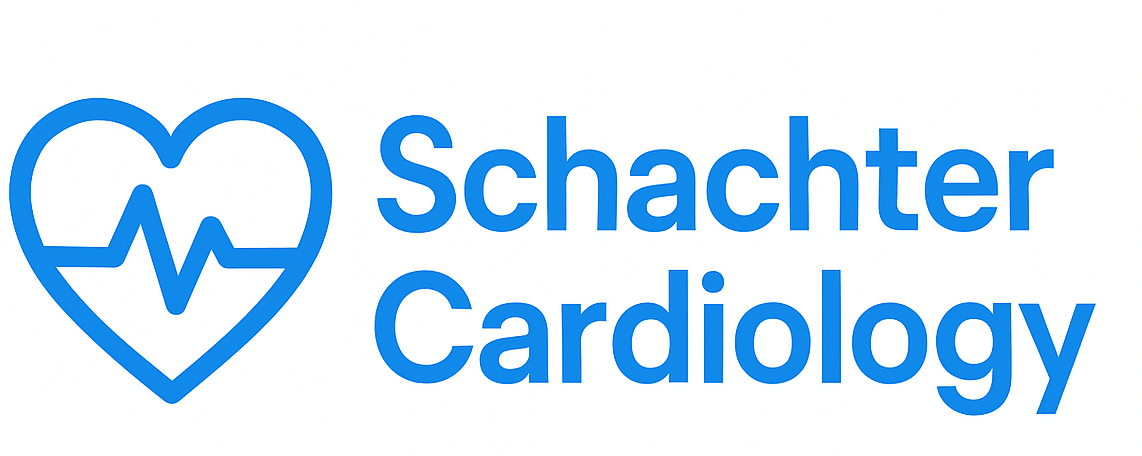
Deciphering Heart Sounds: What Your Cardiologist Hears and Why It Matters
Heart sounds are vital indicators of cardiovascular health, reflecting the inner workings of your heart. By understanding these sounds, you can gain insights into your heart’s condition and overall health.
When you visit a cardiologist, one of the first things they do is listen to your heart. This simple yet crucial step is more than just routine; it provides valuable information about your heart’s function and any potential abnormalities. Heart sounds are primarily categorized into two main sounds: the first heart sound (S1) and the second heart sound (S2). Each sound corresponds to specific events during the cardiac cycle.
The Cardiac Cycle and Heart Sounds
The cardiac cycle consists of a sequence of events that occur as the heart beats, ensuring blood is effectively pumped throughout the body. The two major phases of the cardiac cycle are:
- Systole: This is the phase where the heart muscles contract, pumping blood out of the heart.
- Diastole: This phase involves the heart muscles relaxing, allowing the chambers of the heart to fill with blood.
S1, often described as a “lub” sound, occurs at the beginning of systole when the mitral and tricuspid valves close. Conversely, S2, known as the “dub” sound, occurs at the end of systole when the aortic and pulmonary valves close. Together, these sounds create the classic “lub-dub” rhythm that characterizes a healthy heartbeat.
Additional Heart Sounds
In addition to S1 and S2, there are other heart sounds that may be detected, including:
- S3: Often referred to as a “gallop” sound, S3 can indicate heart failure or fluid overload in certain conditions.
- S4: Known as an “atrial gallop,” S4 can suggest stiffening of the heart muscle and is commonly associated with hypertension or heart disease.
- Extra Sounds: Murmurs, clicks, and rubs can also be heard and may indicate other cardiovascular conditions.
Why Heart Sounds Matter
Heart sounds are not just interesting phenomena; they are essential for diagnosing various cardiovascular conditions. For instance, a murmur may indicate valve problems, while an abnormal S3 or S4 could point to heart failure or other issues. Cardiologists use these sounds, along with other diagnostic tools like echocardiograms and stress tests, to develop a comprehensive understanding of a patient’s cardiovascular health.
Common Conditions Indicated by Abnormal Heart Sounds
Several conditions can lead to abnormal heart sounds, including:
- Valvular Heart Disease: Problems with the heart valves can cause abnormal sounds. For example, aortic stenosis may produce a characteristic “ejection click.”
- Heart Failure: The presence of S3 can indicate heart failure or volume overload, signaling that the heart may not be pumping effectively.
- Hypertension: An S4 sound is often associated with left ventricular hypertrophy due to high blood pressure.
- Pericarditis: This condition can lead to a pericardial rub, a distinct sound heard during heartbeats.
How Cardiologists Assess Heart Sounds
Cardiologists typically use a stethoscope to assess heart sounds. They listen at various points on the chest, known as auscultation sites, to capture the most accurate sounds. The four primary auscultation areas include:
- Aortic Area: Located at the right second intercostal space, this area is where the aortic valve is best heard.
- Pulmonic Area: Found at the left second intercostal space, this area is optimal for hearing the pulmonary valve.
- Tricuspid Area: Located at the left lower sternal border, this area is where the tricuspid valve sounds are best heard.
- Mitral Area: Found at the apex of the heart, the mitral valve sounds are most distinct here.
By evaluating heart sounds in conjunction with a patient’s medical history and other diagnostic tests, cardiologists can provide a more accurate diagnosis and treatment plan.
What to Expect During a Heart Sound Assessment
When you visit a cardiologist, expect a thorough evaluation. They may ask about your symptoms, medical history, and risk factors before performing a physical exam that includes:
- Auscultation: Listening to your heart sounds using a stethoscope.
- Palpation: Feeling for vibrations or abnormalities in the chest.
- Blood Pressure Measurement: Checking your blood pressure can provide additional insights into heart health.
Conclusion
Understanding heart sounds is crucial for anyone looking to maintain or improve their cardiovascular health. Regular check-ups with your cardiologist can help ensure your heart is functioning optimally and detect any issues early on. Don’t hesitate to discuss your heart health with your healthcare provider, as they can provide valuable insights and recommendations tailored to your needs.
Disclaimer: This blog post is for informational purposes only and should not be considered medical advice. Always consult with your healthcare provider for personal medical guidance.
Disclaimer: This article is for educational purposes only and does not constitute medical advice. Always consult a qualified healthcare professional.




